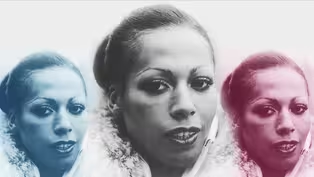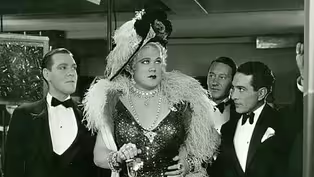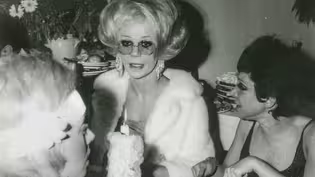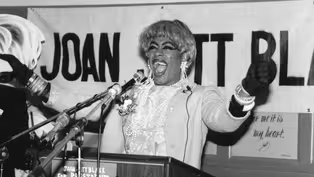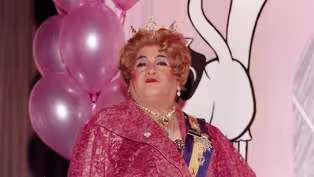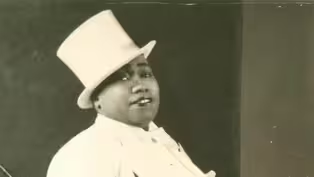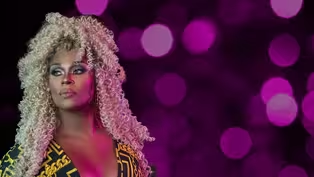
William Dorsey Swann: The first "Queen of Drag"
Special | 4m 39sVideo has Closed Captions
Born into slavery, Swann was the first known person to identify as a “Queen of Drag.”
Born into slavery, Swann was the first known person to identify as a “Queen of Drag” and the first known American activist to lead a queer resistance group.
Problems playing video? | Closed Captioning Feedback
Problems playing video? | Closed Captioning Feedback
Support for American Masters is provided by the Corporation for Public Broadcasting, AARP, Rosalind P. Walter Foundation, Judith and Burton Resnick, Blanche and Hayward Cirker Charitable Lead Annuity Trust, Koo...

William Dorsey Swann: The first "Queen of Drag"
Special | 4m 39sVideo has Closed Captions
Born into slavery, Swann was the first known person to identify as a “Queen of Drag” and the first known American activist to lead a queer resistance group.
Problems playing video? | Closed Captioning Feedback
How to Watch American Masters
American Masters is available to stream on pbs.org and the free PBS App, available on iPhone, Apple TV, Android TV, Android smartphones, Amazon Fire TV, Amazon Fire Tablet, Roku, Samsung Smart TV, and Vizio.
Buy Now
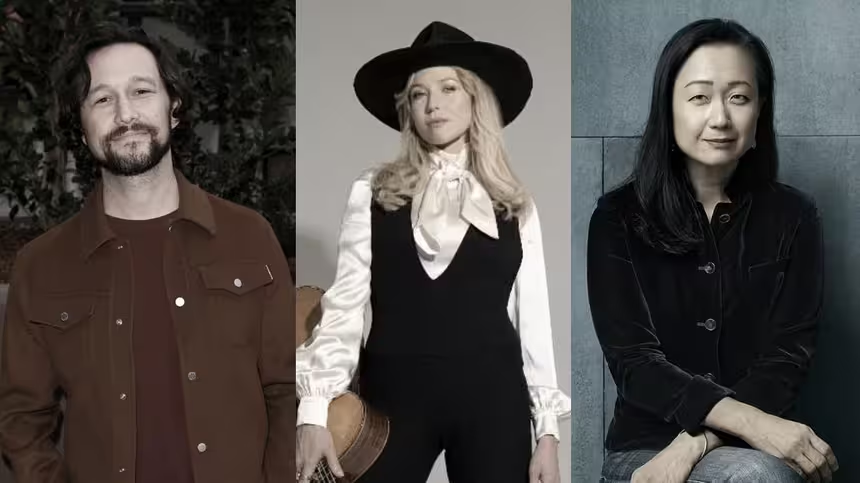
A front row seat to the creative process
How do today’s masters create their art? Each episode an artist reveals how they brought their creative work to life. Hear from artists across disciplines, like actor Joseph Gordon-Levitt, singer-songwriter Jewel, author Min Jin Lee, and more on our podcast "American Masters: Creative Spark."Providing Support for PBS.org
Learn Moreabout PBS online sponsorshipMore from This Collection
In this digital series, New York's sweetest drag diva Peppermint tells the story of pioneering American drag artists. In the process, she demonstrates how drag is a performance art form that has thrived in this country for generations, entertaining LGBTQ+ and general audiences alike, and providing the former with an important outlet of self-expression.
Crystal Labeija: The Queen Who Reinvented Ball Culture
Video has Closed Captions
Crystal was a proud Black trans woman, a drag mother and, a pageant girl. (5m 38s)
Jean Malin: Queen of the Pansies
Video has Closed Captions
Jean Malin was one of the first openly gay performers in the Prohibition era. (5m 57s)
Flawless Sabrina: Queer Icon and Star of 'The Queen'
Video has Closed Captions
She was an artist, activist, gay mother and mentor to hundreds of queer youth. (6m 30s)
Joan Jett Blakk: The drag queen who ran for president
Video has Closed Captions
She ran for president in lipstick, heels and eyeshadow. (6m 13s)
Jose Sarria: Legendary Drag Queen and Queer Activist
Video has Closed Captions
Sarria was a legend of the San Francisco drag scene. (5m 52s)
Gladys Bentley: Drag King of the Harlem Renaissance
Video has Closed Captions
Gladys Bentley was a musician and drag king who was a part of the Harlem Renaissance. (5m 57s)
Julian Eltinge: Female Impersonator of the Vaudeville Era
Video has Closed Captions
Julian Eltinge was a female impersonator who was once America's highest paid performer. (4m 45s)
Providing Support for PBS.org
Learn Moreabout PBS online sponsorship- Today, I'm taking you all the way back to the late 1800s to meet an enslaved person who became a queen.
William Dorsey Swann was born into servitude and grew up to become one of the first American activists to spearhead a queer resistance group.
He was also the first person known to refer to himself as a queen of drag, and that's not all.
Swann was the first person to use the legal and political system to fight for the right of the queer community to gather in America.
Ooh, exciting.
Hi, y'all, I'm Peppermint, New York City's delightful diva, and welcome to a special episode of "Masters of Drag."
We start our story on one fine spring night in April, 1888, Swann was hosting one of his typical elicit dance parties at a Washington D.C. dive, and the room was filled by dozens of Black men dressed in women's silks and satins.
The police were called, and when they barged in to shutdown the party, the attendees scattered, rushing to pull off their wigs and even jumping outta windows.
(glass shatters) According to the National Republican newspaper, Swann was one of the few who didn't run.
In fact, he reportedly stood up to the arresting officers and boldly declared, "You is no gentlemen."
This act of resistance started a brawl with the officers, in which Swann's cream-colored satin dress was allegedly ripped to shreds.
(shrieks) Almost a dozen men escaped arrest, but another dozen, plus a half-naked Swann were carted off to jail.
Articles about the raid in various newspapers identified Swann as "The Queen" and described how hundreds of people followed the party guests down the road as police arrested them and took them to the local station.
Now, if you Google William Dorsey Swann, you'll see this photo pop up.
While we love it, it's not of Ms. Swann.
It's actually a photo of a different drag performer named Mr. Brown.
That's because Swann was born in 1860, just three years before Abe Lincoln issued the Emancipation Proclamation, when photos were rare.
He came into this world enslaved, the property of a white woman who lived on a plantation in Washington County, Maryland.
In the 1880s, some African-Americans saw upholding traditional gender norms as a possible pathway to survive and thrive in the face of white violence, but not Swann.
He was in his early 20s and began holding drag events.
This was on the cutting edge of a cultural underground that was very taboo, no matter what color you were.
His biographer, Channing Gerard Joseph, has pointed out that his 1888 arrest was one of the first known instances of resistance to queer oppression in American history.
Swann banded together butlers, cooks, coachmen, and many other people in service who loved drag to attend his underground drag events.
The drag parties would include singing, dancing and a so-called cakewalk where a hoecake (record scratches) or a cornmeal pancake was awarded as a prize to the best dancer.
The events were usually spread by word of mouth at places like the YMCA, and many who attended were also formerly enslaved, including Swann's lover, Pierce Lafayette.
Now, it's important to recognize that drag in America, like other African-American art forms, including genres of music and dance, came out of some of the torturous conditions of slavery, where communities came together in secret to find a semblance of joy and self-expression.
Swann was no stranger to arrests and police stations.
He was detained several more times for hosting his drag parties, which culminated in his detention and conviction in 1896 for keeping a disorderly house, a criminal charge often used against those who ran brothels, and sentenced to 300 days in jail.
Swann wasn't taking it laying down.
Three months into his sentence, he petitioned President Grover Cleveland for a pardon, writing in the petition he was a respectable worker with a long employment history.
Ultimately, the Justice Department denied Swann's request, but it was still a historic move and a serve.
In the late 1890s, Swann retired from the drag scene, and his younger brother, Daniel J. Swann, took over hosting the parties and helped dress drag performers in the D.C. community for almost five decades.
The exact year of Swann's death remains unknown, but he leaves an undeniable legacy for his drag sisters and queer folk everywhere.
Drag herstory is longer than most of us think, and we are only just beginning.
(upbeat music) Subscribe to this channel for more stories of pioneering American masters of drag with me, Peppermint.
(upbeat music)
Support for PBS provided by:
Support for American Masters is provided by the Corporation for Public Broadcasting, AARP, Rosalind P. Walter Foundation, Judith and Burton Resnick, Blanche and Hayward Cirker Charitable Lead Annuity Trust, Koo...

